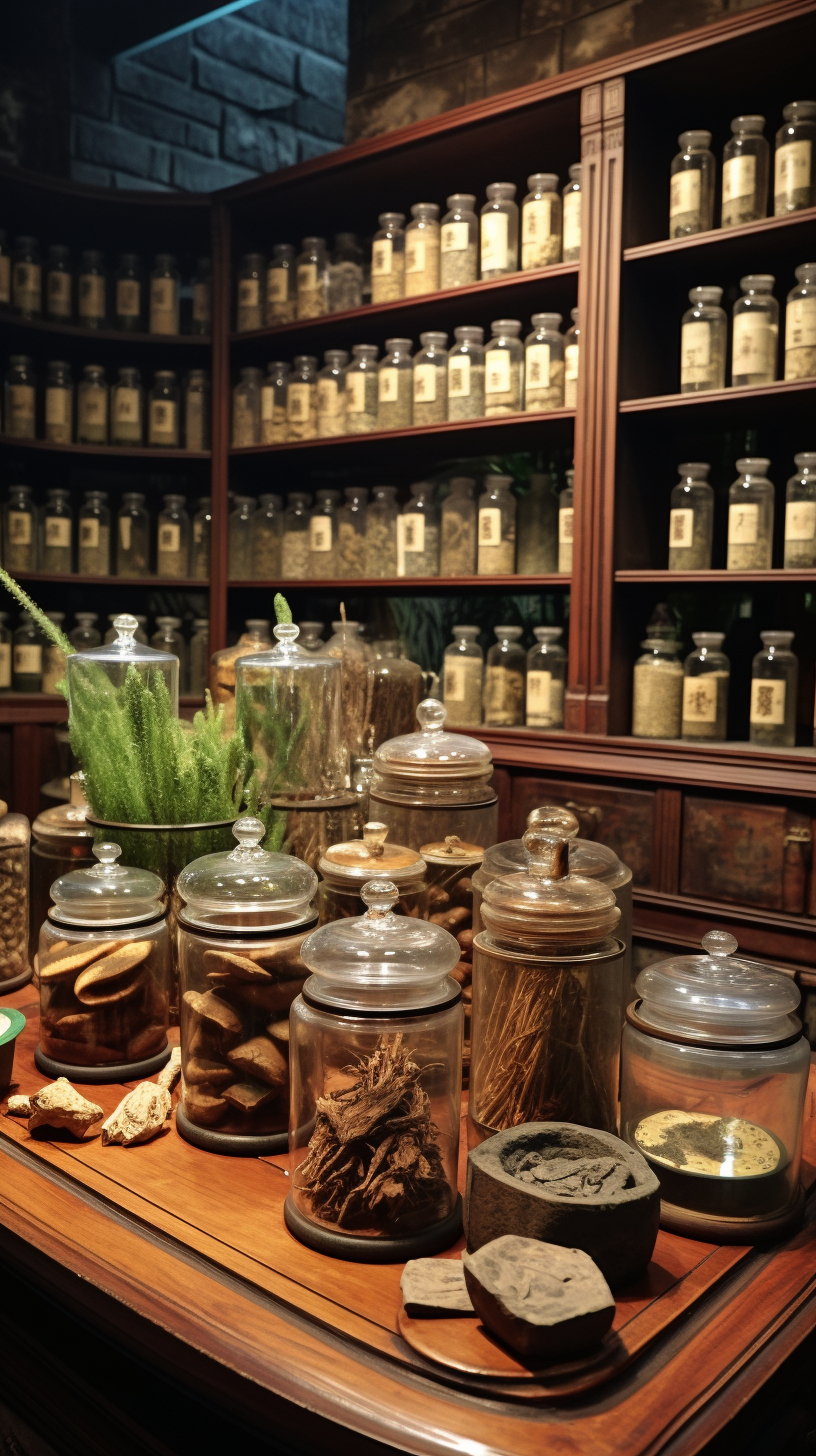Herb pairs: Enhanced efficacy, reduced toxicity,
The Art and Science of TCM Formulae: Unraveling the Compatibility of Herbs
The realm of Traditional Chinese Medicine (TCM) has captivated both Eastern and Western medicine with its rich history and holistic approach. One of the most fascinating aspects of TCM is its use of formulae - combinations of herbs meticulously designed to enhance therapeutic efficacy and minimize side effects. This blog delves into the intricacies of TCM formulae, highlighting the critical role of herb compatibility and the emerging understanding from modern scientific analyses.
The Evolution of TCM in Modern Therapeutics
For thousands of years, TCM has utilized a vast array of herbs to treat various ailments. In recent years, this ancient practice has gained popularity in Western medicine. TCM formulae, often consisting of multiple herbs, have shown to achieve better curative effects and fewer side effects compared to single-herb treatments. The underlying principle is not merely a sum of individual herbs, but their interactions and synergies.
The Complexity and Rationality of TCM Formulae
TCM formulae, based on the rule of "monarch, minister, adjuvant, and guide," represent a unique and intricate approach to healing. This strategy ensures that each herb within a formula serves a specific purpose - from providing the main therapeutic effect to targeting accompanying symptoms, minimizing adverse effects, and guiding the active ingredients to their target sites. This approach starkly contrasts with conventional drug therapies and single-herb treatments prevalent in Western medicine.
Scientific Exploration of Herb-Herb Interactions
Recent scientific investigations have focused on understanding the pharmacological basis of these formulae. Studies delve into how these herbs interact at various levels - pharmaceutics, pharmacokinetics (PK), and pharmacodynamics (PD). For instance, during the preparation of a formula, herbs may undergo interactions like solubilization or complexation, affecting the dissolution and efficacy of active ingredients. In vivo, these interactions can influence absorption, distribution, metabolism, and excretion, thereby altering the therapeutic outcome.
The Unveiling of Thirty-Six TCM Formulae
In an effort to provide a comprehensive overview, researchers have compiled and analyzed data on thirty-six relevant TCM formulae. These studies predominantly focus on water decoctions or aqueous solutions, aligning with traditional TCM preparation methods. They shed light on how the combination of herbs in these formulae can lead to enhanced efficacy, reduced toxicity, or even new pharmacological activities that are not observed in single herbs.
Conclusion: Embracing the Wisdom of TCM
The study of TCM formulae's compatibility is not just an academic exercise but a crucial step in integrating ancient wisdom with modern healthcare. As we continue to explore the scientific rationale behind these time-honored practices, TCM provides a valuable resource for researchers and practitioners seeking effective and holistic therapeutic approaches. The intricate balance of herbs in TCM prescriptions exemplifies a sophisticated understanding of natural medicine, offering insights and potential breakthroughs for contemporary healthcare challenges.
Zhou, Miaomiao, et al. "Recent pharmaceutical evidence on the compatibility rationality of traditional Chinese medicine." Journal of Ethnopharmacology 206 (2017): 363-375.



